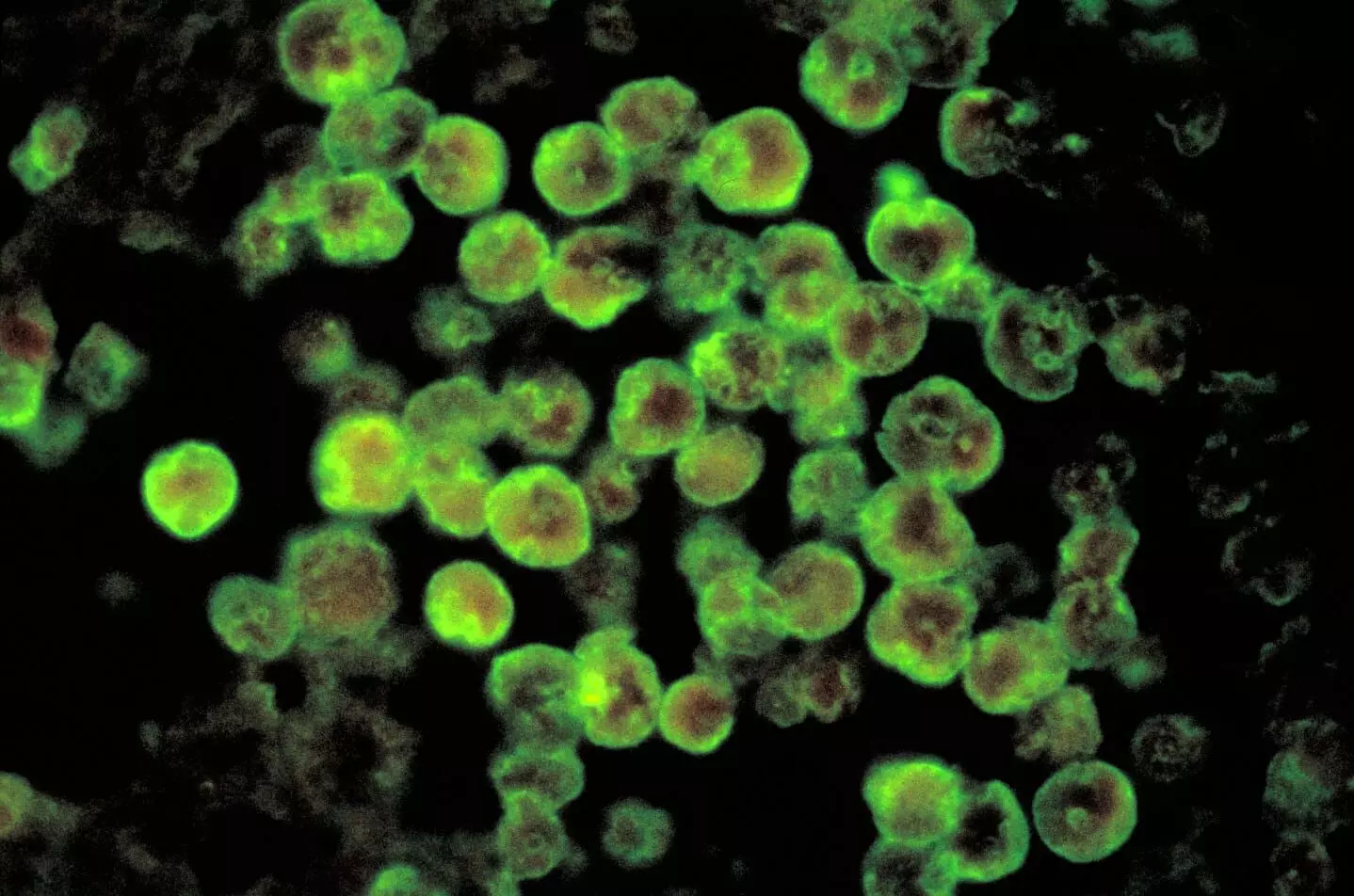Beware of brain-eating amoeba: How early diagnosis helped Kerala boy recover from PAM
The infected individual can exhibit symptoms including fever, headache, vomiting and seizures in the initial stage followed by unconsciousness in the later stage
By Neelambaran A
Hyderabad: Primary amoebic meningoencephalitis (PAM), with 99 per cent mortality is considered a fatal infection. Five cases of PAM with three deaths have been reported from Kerala in the past couple of months.
They were caused by a ‘brain-eating amoeba’ that infects the brain and damages the brain cells.
Despite the panic, the complete recovery of a 14-year-old boy, Afnan Jasim from Malappuram has pointed to the importance of early diagnosis and treatment. The swift action of the primary health centre staff in referring the boy to a hospital on the same day followed by the immediate diagnosis and treatment proved to be a game-changer.
What causes PAM?
Children in the age group of 10 to 15 years can contract this infection from freshwater ponds or pools. The infected individual can exhibit symptoms including fever, headache, vomiting and seizures in the initial stage followed by unconsciousness in the later stage.
Naegleria fowleri, an amoeba that survives in warm freshwater bodies like ponds, lakes and rivers, causes PAM. This amoeba infects the brain and damages the brain cells and hence is commonly called brain-eating amoeba.
Symptoms of PAM
The symptoms of PAM include fever, headache, vomiting, seizures and unconsciousness. This is similar to the symptoms of any other bacterial meningitis.
“As per the protocol of the Centre for Disease Control and Prevention (CDC) of the United States, if the symptoms begin with 14 days of swimming in pools and ponds, the PAM has to be suspected,” Dr Abdul Rauf, consultant paediatric intensivist at Baby Memorial Hospital in Kozhikode, Kerala, said.
Early diagnosis played an important role
Afnan Jasim had symptoms of PAM on June 30 and was shifted to Baby Memorial Hospital, Kozhikode on July 1, after a primary health centre in the locality suspected of PAM infection.
Dr Abdul Rauf, said, “The boy was referred to the hospital on the first day of the symptoms. We had the test done within 24 hours and started the treatment. This early detection and treatment helped in the recovery.”
The presence of the brain-eating amoeba was confirmed in a PCR test. The boy was discharged from the hospital on July 22, after 21 days of admission. The test was carried out by the Institute of Advanced Virology in Kerala.
Treatment and medications
The procurement of a broad-spectrum antimicrobial drug, Miltefosine by the government of Kerala played a crucial role in the treatment.
“Other medications including amphotericin, rifampin, fluconazole and erythromycin were given to the patient. His tests turned negative on the second PCR test taken after eight days of treatment,” Dr Abdul Rauf said.
Age has no role in the recovery
Children in the 10-15 years age group are more susceptible to the infection of the amoeba and hence age has no role in the recovery rate.
“Age doesn’t help in the recovery from PAM since this age group is more prone to the infection. After the identification of the first two cases from our hospital, we instructed the doctors to suspect PAM if the patient had a history of swimming during the last couple of weeks,” the doctor said.
No neurological problem detected
Since the patient was diagnosed early, the MRI revealed no significant brain damage and does not have any neurological problems.
Dr Abdul Raud said, “But if the diagnosis was late and at the event of the patient recovering from the infection, they can have residual neurological problems.”
The early detection and treatment have helped in the recovery of the 14-year-old and have sent a strong message for decentralised testing for such fatal infections.